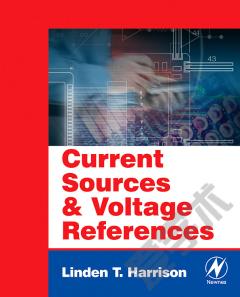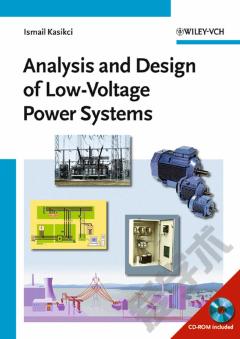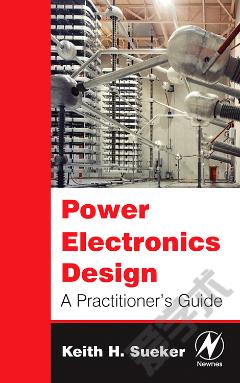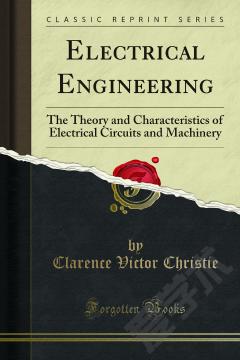Current Sources and Voltage References —— A Design Reference for Electronics Engineers
----- 电流源和电压基准:电子工程师的设计参考
Current Sources and Voltage References provides fixed, well-regulated levels of current or voltage within a circuit. These are two of the most important uilding blocks of analog circuits, and are typically used in creating most analog IC designs. Part 1 shows the reader how current sources are created, how they can be optimized, and how they can be utilized by the OEM circuit designer. The book serves as a ust-have聰 reference for the successful development of precision circuit applications. It shows practical examples using either BJTs, FETs, precision op amps, or even matched CMOS arrays being used to create highly accurate current source designs, ranging from nanoAmps to Amps. In each chapter the most important characteristics of the particular semiconductor type being studied are carefully reviewed. This not only serves as a helpful refresher for experienced engineers, but also as a good foundation for all EE student coursework, and includes device models and relevant equations.Part 2 focuses on semiconductor voltage references, from their design to their various practical enhancements. It ranges from the simple Zener diode to today most advanced topologies, including Analog Devices XFET庐 and Intersil FGA鈩?(invented while this book was being written). Over 300 applications and circuit diagrams are shown throughout this easy-to-read, practical reference book.* Discusses how to design low-noise, precision current sources using matched transistor pairs.* Explains the design of high power current sources with power MOSFETs* Gives proven techniques to reduce drift and improve accuracy in voltage references.
{{comment.content}}








 京公网安备 11010802027623号
京公网安备 11010802027623号